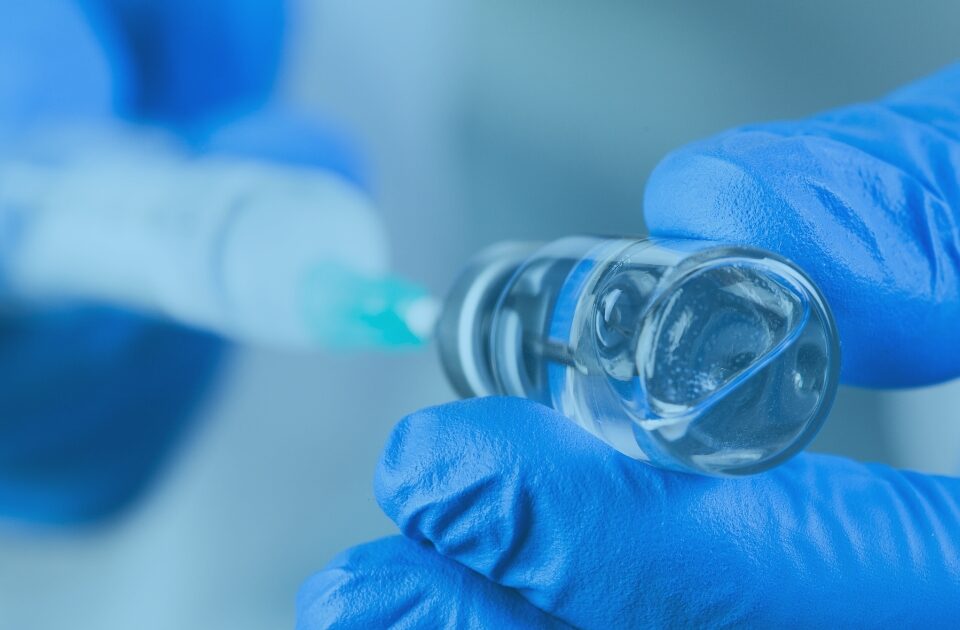
How Long Does a Clinical Trial Last?
July 28, 2025
The Crucial Role of Medical Research in Ensuring Safe and Effective Medications
September 30, 2025Venous leg ulcers are painful, slow-healing wounds that typically occur on the lower legs. If you or someone you love suffers from persistent open sores on the legs, you’re not alone—and you may have more treatment options than you think.
At C&R Research Services USA, we specialize in conducting advanced clinical trials in Florida to explore better ways to manage and heal these chronic wounds. This article will walk you through the causes, treatments, and how you can get involved in cutting-edge medical research to find relief and help others.
What are Venous Leg Ulcers?
Venous leg ulcers are open sores that develop when blood doesn’t flow properly through the veins in your legs. They are the most common type of leg ulcer, usually forming above the ankle. These wounds often take weeks or months to heal and tend to come back if the underlying cause isn’t addressed.
Common symptoms include:
- Persistent pain or aching in the leg
- Itching, burning, or swelling
- Skin discoloration (brown or reddish areas)
- Fluid drainage or pus
- Wounds that heal slowly or reopen frequently
What causes Venous Ulcers?
The primary cause is chronic venous insufficiency (CVI), where the veins in your legs are too weak to pump blood back up to the heart. This leads to increased pressure and damage to the skin, which can eventually break down and form ulcers.
Risk factors include:
- Varicose veins
- Deep vein thrombosis (DVT)
- Obesity
- Diabetes
- Previous leg injuries or surgeries
- Standing or sitting for long periods
Standard treatments for Venous Leg Ulcers
1. Compression therapy
Compression bandages or stockings are the first-line treatment. They improve circulation by reducing swelling and venous pressure. Patients must wear them consistently for the best results.
2. Wound care
Proper cleaning, dressing, and protection of the wound are essential. Depending on the condition, special dressings that manage moisture and promote healing may be used. Debridement may also be required to remove dead tissue.
3. Infection control
Infected ulcers may need topical or oral antibiotics. Controlling infection is critical to promoting healing and avoiding complications.
4. Medications and supplements
In some cases, medications like pentoxifylline, aspirin, or supplements such as zinc can help improve healing.
5. Surgical options
For patients with severe venous insufficiency, procedures like sclerotherapy, vein ablation, or vein bypass surgery may be considered to correct blood flow issues and reduce recurrence.
Why clinical trials matter
Despite available treatments, many patients struggle with ulcers that don’t heal or keep returning. Clinical trials test new therapies that aim to reduce healing time, manage pain, and prevent complications. Participating in a study can give you access to the latest medical advances—often at no cost.
Benefits of Joining a Clinical Study at C&R Research Services USA:
- Free health assessments and wound evaluations
- Access to new treatments before they are widely available
- Personalized care from a team of medical professionals
- Compensation for time and travel expenses
- Help advance science and benefit future patients
Who can Participate?
We are currently recruiting individuals of all backgrounds who have one or more ulcers located on their legs, from the knee down. There are no specific restrictions based on medical history, age, or the origin of the ulcer. If you have a non-healing or recurring leg ulcer, you may be eligible to participate in one of our ongoing clinical trials.
Our facility in Fort Myers, Florida
Located in the heart of Fort Myers, C&R Research Services USA features ADA-compliant facilities, on-site pharmacy and lab, overnight inpatient capacity, and bilingual staff. We make it easy and safe for participants to take part in our studies, even offering transportation support if needed.
Ready to Take the Next Step?
Call us today at (239) 202-8876 or visit our contact page to learn more and apply for current studies.




